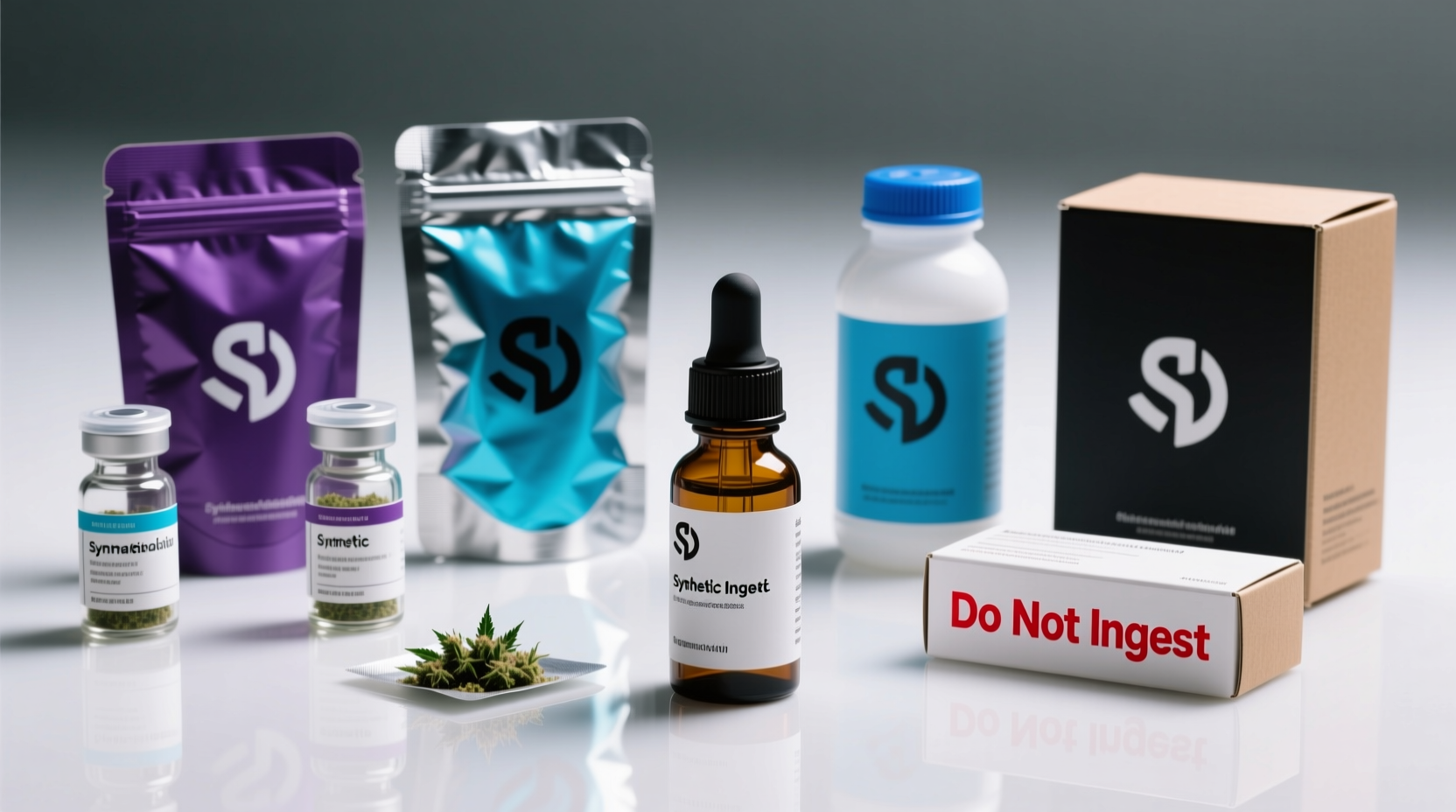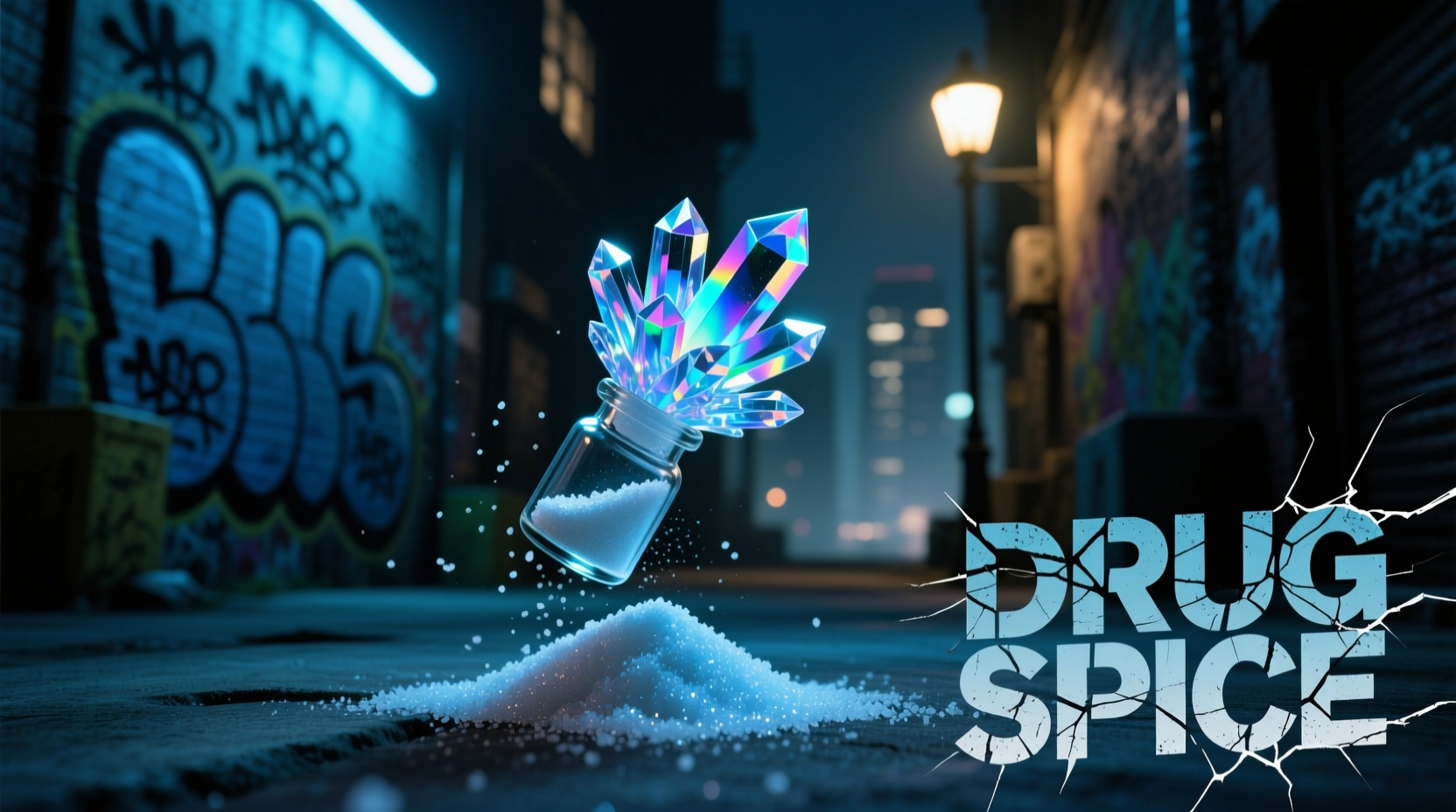When you search for "what is the drug spice," you're likely seeking critical information about a dangerous substance that has caused thousands of emergency room visits worldwide. This comprehensive guide delivers medically accurate information about synthetic cannabinoids—what they are, why they're so dangerous, and how to recognize and respond to their use. You'll gain essential knowledge to protect yourself and others from these unpredictable and potentially life-threatening substances.
Understanding Synthetic Cannabinoids: Beyond the "Spice" Label
The term "spice" became popular as a street name for synthetic cannabinoids, but this label barely scratches the surface of what these substances actually are. Unlike natural cannabis derived from the Cannabis sativa plant, synthetic cannabinoids are laboratory-created chemicals designed to bind to the same brain receptors as THC (tetrahydrocannabinol), but often with much stronger and unpredictable effects.
Manufacturers constantly alter chemical formulas to stay ahead of legal restrictions, creating hundreds of different compounds. The Drug Enforcement Administration (DEA) has identified over 150 distinct synthetic cannabinoid variants circulating in the illicit market. These substances go by many names including K2, fake weed, cloud nine, and legal weed—none of which accurately represent their dangerous nature.
| Characteristic | Synthetic Cannabinoids (Spice) | Natural Cannabis |
|---|---|---|
| Chemical Origin | Lab-synthesized chemicals | Naturally occurring plant compounds |
| Potency | Up to 100x stronger than THC | Consistent, measurable potency |
| Effects Duration | Unpredictable, often longer | Predictable 1-3 hour duration |
| Health Risks | Severe: seizures, psychosis, death | Generally milder, well-documented |
| Legal Status | Banned in most countries | Varying legality worldwide |
The Evolution of Synthetic Cannabinoids: A Dangerous Timeline
Synthetic cannabinoids weren't originally created as recreational drugs. Researchers first developed these compounds in the 1980s-1990s for legitimate scientific research into the endocannabinoid system. However, by the early 2000s, manufacturers began producing them for recreational use, marketing them as "legal highs" that could bypass drug laws.
The timeline of regulatory response shows a dangerous game of cat-and-mouse:
- 2008-2010: First wave of synthetic cannabinoids appears in "head shops" across Europe and North America, marketed as incense or plant food
- 2011: DEA issues first emergency ban on three synthetic cannabinoids (JWH-018, CP-47,497, and cannabicyclohexanol)
- 2012: Manufacturers quickly replace banned compounds with new variants; CDC reports first major outbreak of adverse reactions
- 2015: Over 100 synthetic cannabinoid variants identified; multiple states implement comprehensive bans
- 2018-Present: Constant chemical modifications create "next-generation" synthetic cannabinoids that evade standard drug tests
According to the National Institute on Drug Abuse, emergency department visits related to synthetic cannabinoid use increased by over 200% between 2010 and 2015, with particular spikes among young adults and vulnerable populations. The unpredictable nature of these substances means each batch can contain different chemicals with varying potency.

Recognizing Synthetic Cannabinoid Products and Use
Synthetic cannabinoids are often sold in colorful packaging designed to appeal to young people, with names like "Scooby Snax," "Kronic," and "Fake Bake." These products typically appear as dried plant material sprayed with chemicals, but can also come in liquid form for vaping.
Physical signs of synthetic cannabinoid use differ significantly from natural cannabis and often indicate medical emergencies:
- Extreme agitation or violent behavior
- Severe confusion or disorientation
- Rapid heart rate (tachycardia) exceeding 120 beats per minute
- Nausea and vomiting
- Seizures or tremors
- Sweating or fever
- Psychosis symptoms including hallucinations
The Centers for Disease Control and Prevention (CDC) reports that synthetic cannabinoid users are significantly more likely to require emergency medical intervention compared to natural cannabis users. In a 2020 study published in the Journal of the American Medical Association, researchers found that 45% of synthetic cannabinoid users required hospitalization compared to just 6% of natural cannabis users.
Why Synthetic Cannabinoids Are More Dangerous Than Natural Cannabis
The critical difference lies in how these substances interact with the body's endocannabinoid system. While natural THC binds partially to cannabinoid receptors, many synthetic cannabinoids bind fully and more strongly, creating an overwhelming physiological response.
Additional risk factors include:
- Unknown chemical composition: Each batch may contain different chemicals at varying concentrations
- No quality control: Manufacturing occurs in unregulated labs with no safety standards
- Unpredictable effects: Some users experience severe reactions after first use
- Withdrawal severity: Can cause intense anxiety, insomnia, and physical symptoms
The Substance Abuse and Mental Health Services Administration (SAMHSA) notes that synthetic cannabinoid use has been linked to numerous fatalities, particularly when combined with other substances. Unlike natural cannabis, which has never been documented to cause fatal overdose, synthetic cannabinoids have been directly implicated in multiple deaths due to cardiac arrest and extreme psychological reactions.
Legal Status and Enforcement Challenges
Synthetic cannabinoids exist in a legal gray area that changes frequently. In the United States, the DEA has permanently scheduled numerous synthetic cannabinoid compounds under the Controlled Substances Act. However, manufacturers continuously develop new chemical variants that aren't yet specifically banned.
Internationally, regulatory approaches vary significantly:
- United States: Multiple synthetic cannabinoids classified as Schedule I substances
- European Union: Most member states have comprehensive bans on synthetic cannabinoids
- United Kingdom: Synthetic cannabinoids covered under the Psychoactive Substances Act 2016
- Australia: Strict nationwide prohibitions with severe penalties
Despite these efforts, enforcement remains challenging due to the rapid development of new compounds. The United Nations Office on Drugs and Crime reports that new synthetic cannabinoid variants appear at a rate of approximately 10-15 per year, making comprehensive regulation difficult.
What to Do in Case of Adverse Reaction
If someone experiences severe reactions to synthetic cannabinoids, immediate action is critical:
- Call emergency services immediately—do not wait to see if symptoms improve
- Stay with the person and keep them calm
- If possible, safely remove any remaining substance
- Note the time of use and any observed symptoms
- Do not try to restrain the person unless absolutely necessary for safety
For those concerned about synthetic cannabinoid use, several evidence-based resources provide support:
- National Helpline: 1-800-662-4357 (SAMHSA)
- Text support: 435748 (HELP4U)
- Crisis Text Line: Text HOME to 741741
- NIDA's synthetic cannabinoid research: drugabuse.gov/synthetic-cannabinoids
Protecting Yourself and Others
Education remains the most effective prevention tool against synthetic cannabinoid use. Understanding what these substances are, how they're marketed, and their potentially devastating effects can help individuals make informed decisions. Parents, educators, and healthcare providers should be aware of the evolving nature of these substances and the sophisticated marketing tactics used to appeal to young people.
Community-based prevention programs that provide accurate, non-sensationalized information have shown the most success in reducing synthetic cannabinoid use. The key is presenting factual information without exaggeration, as overstated claims can undermine credibility with knowledgeable youth.











 浙公网安备
33010002000092号
浙公网安备
33010002000092号 浙B2-20120091-4
浙B2-20120091-4